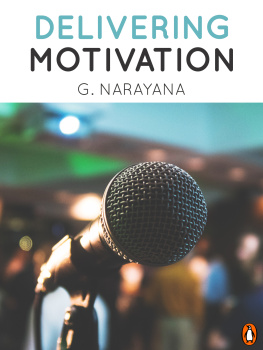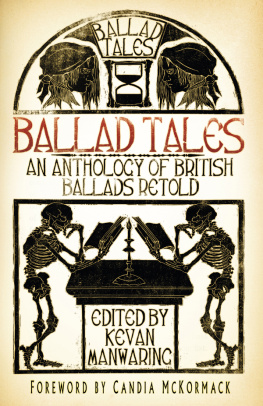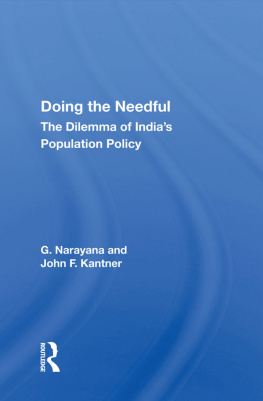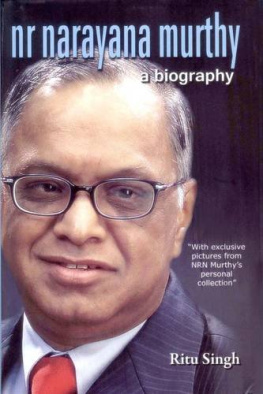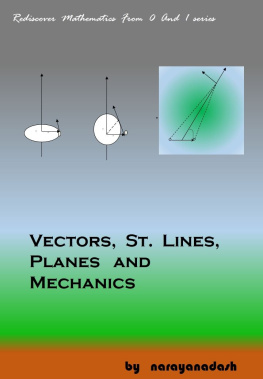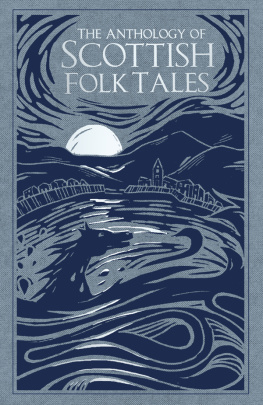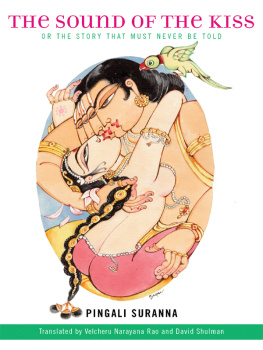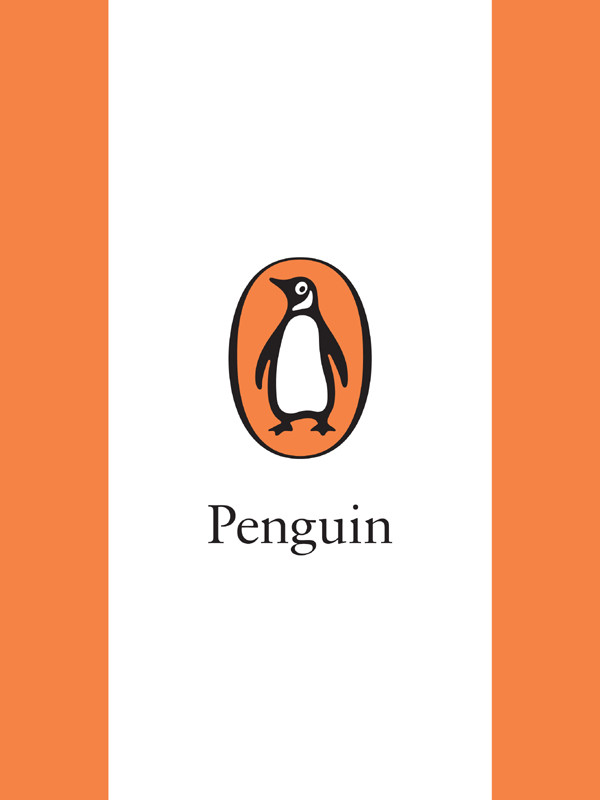NRYAA
The Hitopadea
Translated from the Sanskrit with an introduction by A.N.D. Haksar

PENGUIN BOOKS
PENGUIN BOOKS
Published by the Penguin Group
Penguin Books India Pvt. Ltd, 11 Community Centre, Panchsheel Park, New Delhi 110 017, India
Penguin Group (USA) Inc., 375 Hudson Street, New York, New York 10014, USA
Penguin Group (Canada), 90 Eglinton Avenue East, Suite 700, Toronto, Ontario M4P 2Y3 , Canada (a division of Pearson Penguin Canada Inc.)
Penguin Books Ltd, 80 Strand, London WC2R 0RL , England
Penguin Ireland, 25 St Stephens Green, Dublin 2, Ireland (a division of Penguin Books Ltd)
Penguin Group (Australia), 707 Collins Street, Melbourne, Victoria 3008, Australia (a division of Pearson Australia Group Pty Ltd)
Penguin Group (NZ), 67 Apollo Drive, Rosedale, Auckland 0632, New Zealand (a division of Pearson New Zealand Ltd)
Penguin Books (South Africa) (Pty) Ltd, Block D, Rosebank Office Park, 181 Jan Smuts Avenue, Parktown North, Johannesburg 2193, South Africa
Penguin Books Ltd, Registered Offices: 80 Strand, London WC2R 0RL , England
First published by Penguin Books 1998
Copyright A.N.D. Haksar 1998
Cover: A painting representing animal life
(Courtesy National Museum)
All rights reseved
ISBN: 978-01-4400-079-1
This digital edition published in 2013.
e-ISBN: 978-93-5118-096-8
This book is sold subject to the condition that it shall not, by way of trade or otherwise, be lent, resold, hired out, or otherwise circulated without the publishers prior written consent in any form of binding or cover other than that in which it is published and without a similar condition including this condition being imposed on the subsequent purchaser and without limiting the rights under copyright reserved above, no part of this publication may be reproduced, stored in or introduced into a retrieval system, or transmitted in any form or by any means (electronic, mechanical, photocopying, recording or otherwise), without the prior written permission of both the copyright owner and the above-mentioned publisher of this book.
PENGUIN BOOKS
THE HITOPADEA
As with many ancient Sanskrit authors, little is known of Nryaa beyond his name. He was evidently a devotee of the god iva, who is invoked in both the opening and concluding verses of the Hitopadea. Contemporary scholars suggest that Nryaa was a poet or a preceptor at the court of his patron Dhavala andra, a prince or viceroy or provincial satrap of eastern India, who commissioned the work. This densely layered and textured masterpiece was composed between 800 and 950 AD. Nryaa was an erudite grammarian and philosopher as well as a consummate stylist with a full command of epigrammatic, lyrical, satiric and rhetorical modes. He interspersed his own stanzas with skilful selections and arrangements of extracts from traditional sources. These include the immortal Panatantra, the Ramayana and the Mahabharata, the Puraas, the Manusmti, anuals on economics and statecraft inspired by akyas Arthastra, and famous literary and dramatic compositions.
Aditya Narayan Dhairyasheel Haksar was born in Gwalior and educated at the Doon School and the universities of Allahabad and Oxford. He spent many years as a career diplomat, and went on to become Indias High Commissioner to Kenya and the Seychelles, and later the Ambassador to Portugal and Yugoslavia.
He has translated various classics from the Sanskrit, including the stories of the Panatantra, the plays of Bhasa and Dains Daa Kumra aritam. The last two translations were published by Penguin as The Shattered Thigh and Other Plays, and Tales of thTen Princes.
P.M.S
For my daughter
Sharada
with my love
Key to the Pronunciation of Sanskrit Words
Vowels:
The line on top of a vowel indicates that it is long.
a | (short) as the u in but |
(long) as the a in far |
i | (short) as the i in sit |
i | (long) as the ee in sweet |
u | (short) as the u in put |
as the oo in cool |
e | is always a long vowel like the a in mate |
ai | as the i in pile |
o | as the ow in owl |
Consonants:
k, b and p are the same as in English
kh is aspirated
g | as in goat |
gh | is aspirated |
as in church or cello |
h | is aspirated as in chhota |
j | as in jewel |
jh | is aspirated |
and | and are hard when dotted below as in talk and dot |
is the aspirated sound |
is aspirated |
when dotted is a dental; the tongue has to curl back to touch the palate. |
as in king |
t | undotted is a soft sound as in thermal |
th | is aspirated |
d | undotted is a soft soundthere is no corresponding English sound, the Russian da is the closest. |
dh | is aspirated |
ph | and bh are aspirated |
There are three sibilants in Sanskrit: s as in song, as in shove and a palatal which is in between, e.g. iva.
Introduction
This work, entitled Heetopades, affordeth elegance in Sanskreet idioms, in every part and variety of language, and inculcateth the doctrine of Prudence and Policy.
from the translation of Charles Wilkins
The Hitopadea is one of the best known and most widely translated works of Sanskrit literature. It is a collection of animal and human fables in prose, illustrated with numerous maxims and sayings in verse, both intended to impart instruction in worldly wisdom and the conduct of political affairs. Couched in simple and elegant language, it was also meant to provide a model for composition and rhetoric. These features made it a popular reader for students of Sanskrit in India from ancient to recent times.
The Hitopadeas appeal as a compendium of sage advice in an attractive story form extended its currency beyond the confines of the original language. At the beginning of this century, the Indologist Johannes Hertel noted This was doubtless also because it was among the first Sanskrit texts encountered and studied by Europeans after the establishment of British rule in India.
The Hitopadea was the second work to have been This took place as early as 1787. The first work so translated was the Bhagavad Gita, three years earlier. The translator in both cases was Charles Wilkins (17491836), a merchant employed by the East India Company in Bengal. Wilkins also collaborated with the more celebrated scholar Sir William Jones (174694), who founded the Asiatic Society in Calcutta, and himself subsequently translated other Sanskrit classics. The first printed edition of the


